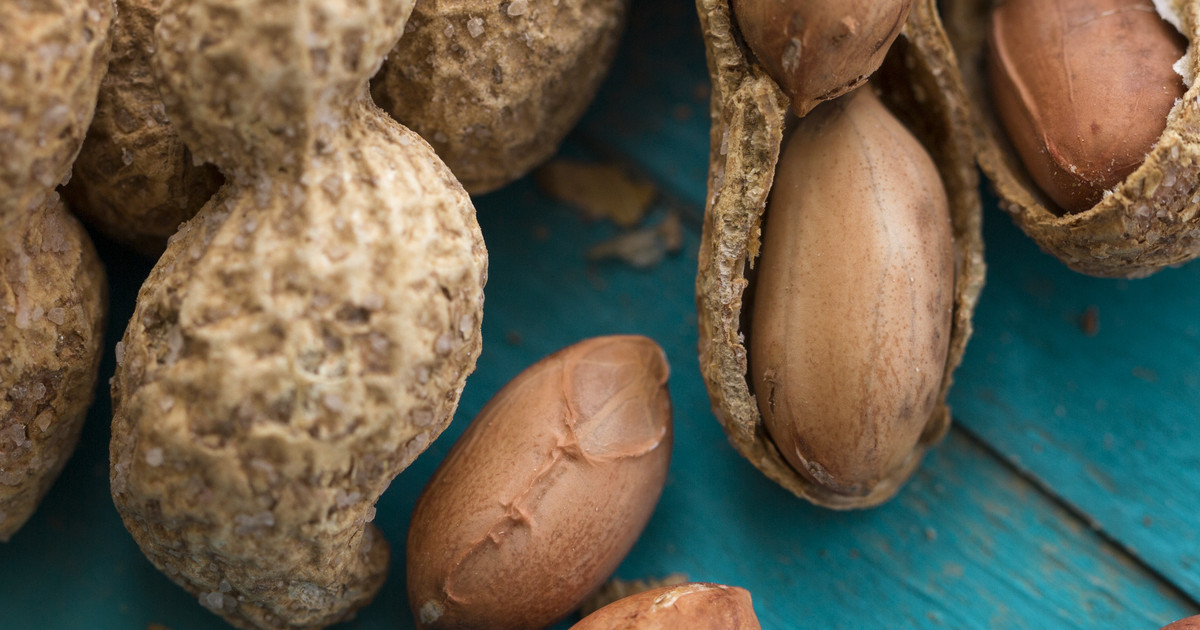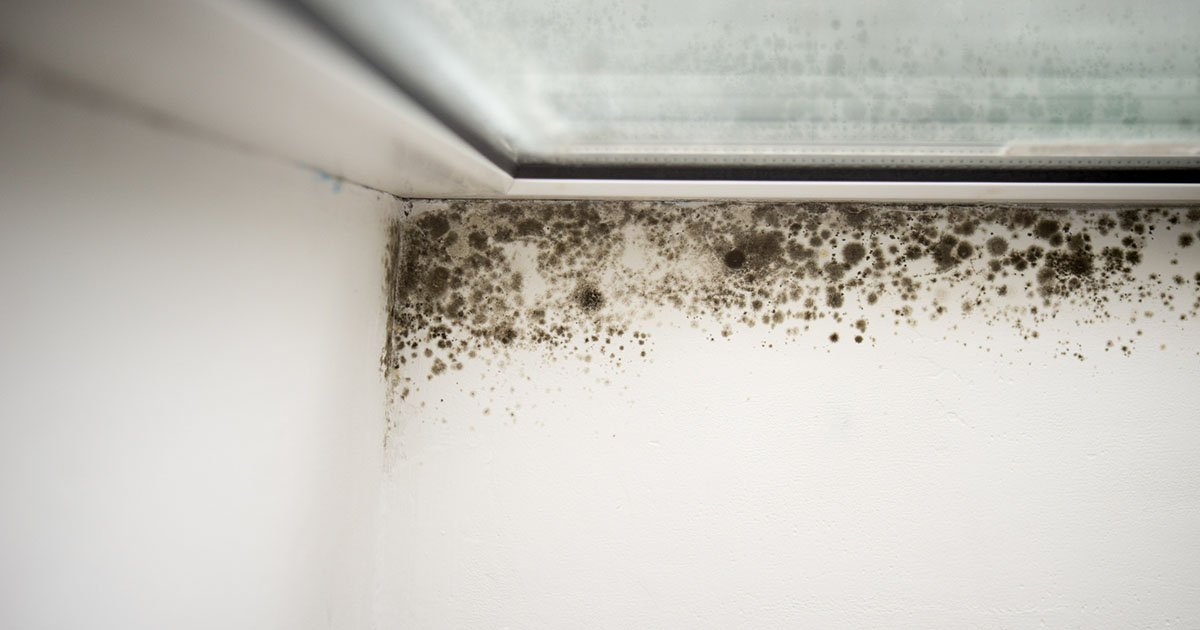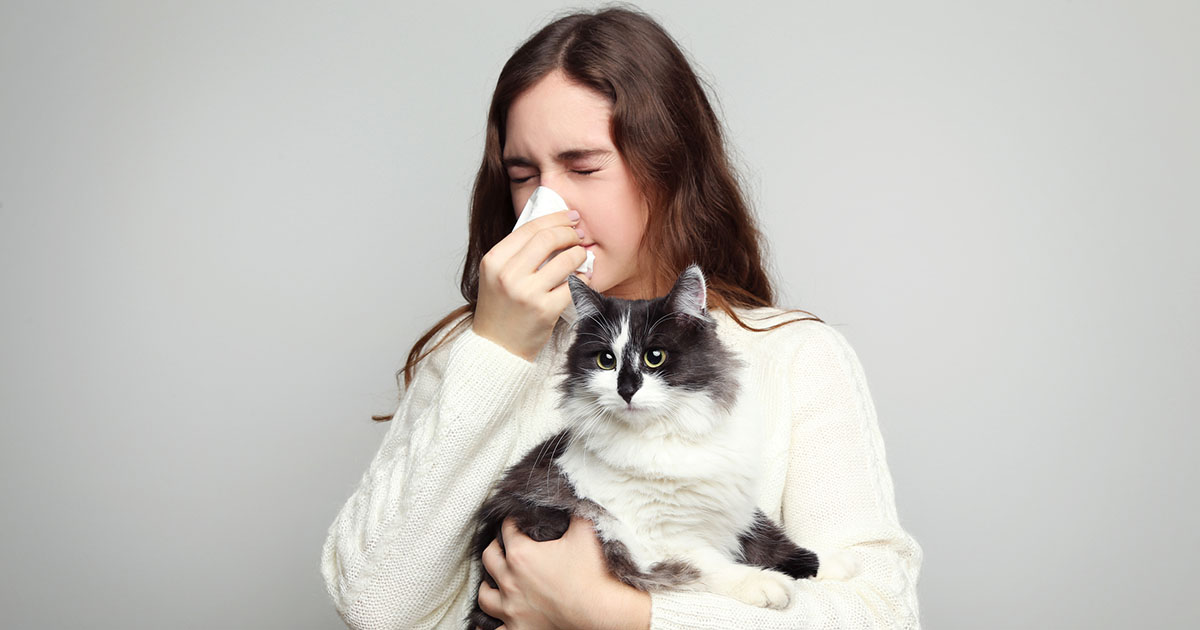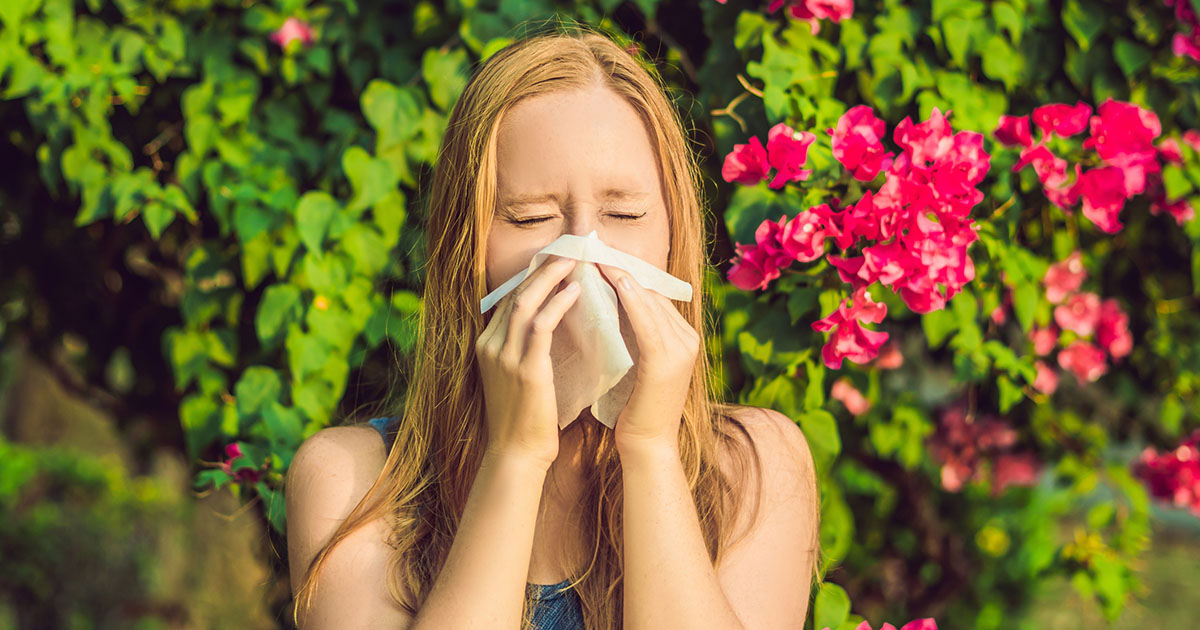Most Common Allergies
There are many different types of allergies. Some individuals have food allergies, and allergies involving animals and animal products, such as wool, are also common. Some individuals are allergic to substances floating in the air, such as pollen from certain flowers. This type of allergy is often colloquially referred to as hay fever, even though it has nothing to do with hay or fever. Symptoms of allergies are caused by histamines, which are substances released by the body in response to an allergen. Histamines can cause a skin rash known as hives and can also contribute to nasal congestion, headaches, and fatigue.
Food

Food allergies tend to be somewhat different in children and adults. It's not uncommon for children to outgrow a food allergy by the time they reach their late teens. Reactions to this type of allergy can range from mild to life-threatening. Sometimes a mild reaction may only involve stomach upset or a rash, but in susceptible individuals, a severe reaction known as anaphylactic shock can occur. Anaphylactic shock causes rapid swelling of the airway to the point where the victim can no longer draw air into their lungs.
An individual with anaphylactic shock may be mere minutes away from death. As such, individuals with a severe food allergy should carry a special kit that contains adrenalin, also called epinephrine, as this causes the rapid and dramatic reversal of anaphylaxis and usually buys enough time to get to a hospital. The most common food allergies for children are eggs, milk, peanuts, tree nuts, wheat, and soybeans. For adults, it's fish, shellfish, peanuts, and tree nuts.
Mold

Mold is a type of fungus, and while some kinds are toxic, most are not. Mold is a normal part of the environment and causes little problem for those who are not allergic to it. Like all fungi, it reproduces by releasing spores. It's these spores that cause an allergic response to occur. In an allergic individual, the immune system over-reacts to the presence of what is really a harmless substance. Symptoms of a mold allergy include chest tightness, wheezing, and coughing.
This kind of fungi in the home is likely to be more problematic than that naturally present in the environment, because spores tend to be more concentrated when they are indoors. Also, certain home conditions favor the overgrowth of this organism. It likes moisture, enclosed locations, and high humidity. Many homes have some kind of water leak, which favors mold growth. Home inspections will reveal any water leakage and fungal overgrowth. If overgrowth is excessive, it can be remediated, or removed, from the premises.
Animal Dander

Pets are another common source of allergies, though it's actually not the animal itself that's the problem. Instead, it is the proteins found in the creature's dander, saliva, and urine causing the reaction. Animal dander is another word for the tiny flakes of skin animals like dogs and cats shed. Pets can also be a source of secondary allergens from outdoor mold spores and plant materials that may collect on and stick to the animal's coat when they come inside.
The proteins from a pet's dander are not normally harmful, which is why an individual who isn't allergic can be around pets with no reaction. It's the over-reaction from an individual's immune system that causes the problem. Common symptoms of a pet dander allergy include skin redness at the point of contact with the animal, itchy eyes and nose, skin rash, coughing, wheezing, inflammation, and redness in the eyes. It's important to note no breed of dog or cat is truly hypoallergenic. Some individuals may react less to certain breeds, hence why some are called hypoallergenic, but regardless of fur type, the animal will still shed dander.
Pollen

This is a microscopic grain, often yellow to orange, shed from the male parts of a plant. It contains genetic information that allows the plant to propagate. For those prone to a pollen allergy, certain times of the year can cause them quite a lot of misery. When their allergen is present, they show symptoms such as a cough, scratchy throat, itchy nose and eyes, sneezing, nasal congestion, sinus pressure, and eye-watering. Some individuals have symptoms only during certain parts of the year, and others have problems year-round. This type of allergy is also known as allergic rhinitis. A pollen allergy may aggravate symptoms in those with asthma.
Dust Mites

Dust mites are tiny bugs that like to live in warm, humid environments. They are often found in carpeting, mattresses, bedding, and upholstered furniture. The source of the allergic reaction is thought to be chitin and an enzyme shed in the mite's feces. Chitin is a substance that composes most of the insect's body. The chitin and the enzyme mix with dust and become airborne. If an individual who is allergic breathes this contaminated dust, a reaction occurs. Symptoms of a dust mite allergy are similar to those of allergic rhinitis, including a runny nose and sneezing, and the eyes may water profusely as well. Other symptoms may be present, such as postnasal drip and sinus pressure. The nose and roof of the mouth may itch.
Dust mites can worsen asthma symptoms as well and may also lead to sinus infections. A dust mite allergy is more common in children and young adults. Individuals with this allergy should wash their bedding frequently in hot water and have carpets and furniture cleaned regularly.
